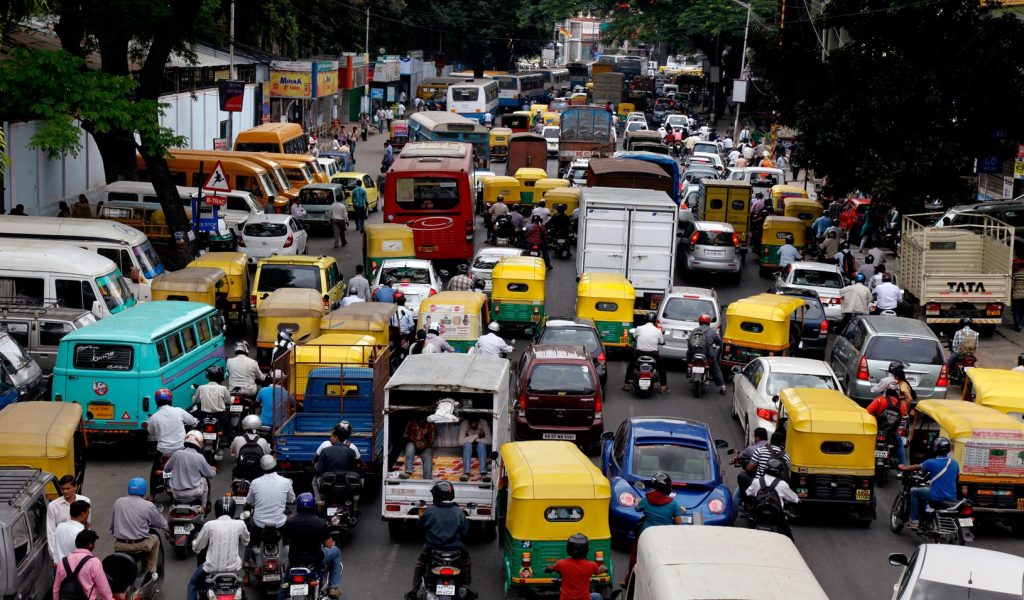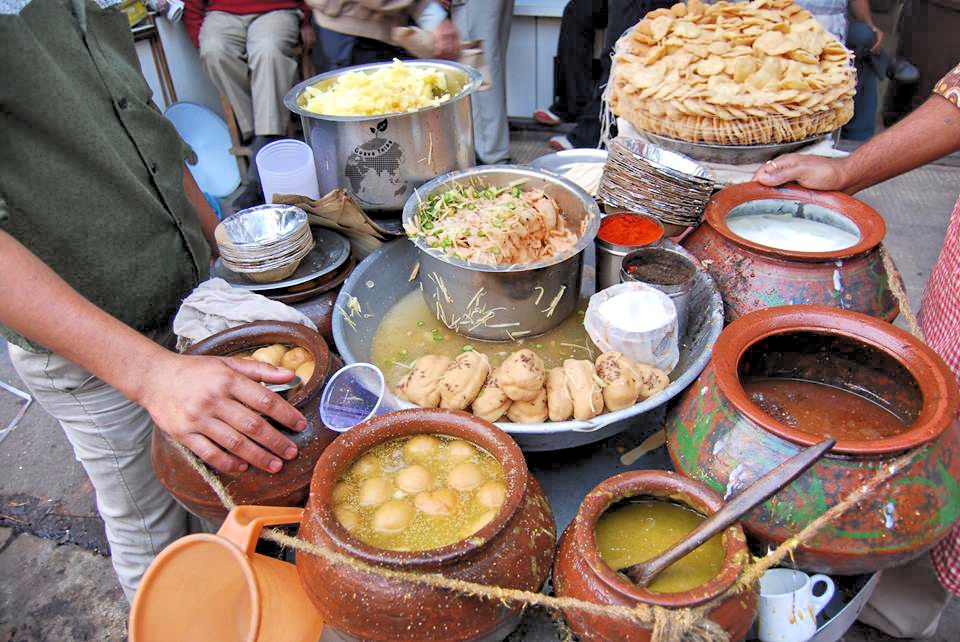Bring Cash
Although some areas accept credit cards, the primary currency across India is cash – especially once you reach the more rural parts of India. To avoid extra hassles, bring plenty of cash for cabs and tuks tuks, for restaurants and markets and especially for shopping. Many of the city bazaars (bustling shopping centers) are a shopper’s paradise, so don’t skip picking up those Sri Lanka cinnamon sticks or that homespun elephant scarf due to a lack of funds.
The Traffic is Insane

Believe the hype and the movies that show cars not sticking in the same lanes. In Delhi there are a lot of stop signs and red and green lights, but regardless of the rules no one seems to give a damn and no one seems to be doing anything about it. You cannot pay me to drive in India. Driving in Kashmir and other cities like Lucknow, Aligarh, and Meerut is even worse. I haven’t seen that many traffic lights and people indicate their turns by honking. I’m sure it’s the near equivalent everywhere in India. I haven’t been to every town so I don’t want to say something that’s not true but 95% of the roads I’ve been on can be treacherous if you’re not a skilled driver. But people do get around.
Do not pet stray dogs
I recently rescued a newborn puppy from a dog that had been living outside my house for months. I gave it shots immediately and had it cleaned. Dogs in India shouldn’t be messed with. Yes, I did something risky because of the risk of rabies strays carry but that doesn’t mean you should not try to help using safety precautions. I saw a European couple enamored by puppies on the street and they decided to feed and pet them. Next thing you know, a herd of dogs came to get their share of food and it became ugly. Luckily, they escaped. The woman lost her scarf though. There are stray dogs everywhere in India, it’s sad but you have move along for your safety.
Enter With an Open Mind
Nothing can prepare you for the traffic of Mumbai or Delhi, where you’ll dodge and weave past tuk tuks and minibuses or when you reach a stoplight and children approach your car, banging on the car windows for food and money. There’s no way to equip yourself for everything you’re going to see, feel or hear during your time, so brace yourself for the unexpected by traveling with an open mind and taking everything as it comes.
Dress Conservatively
India’s culture, like many other Southeast Asian countries, is conservative-leaning, so plan ahead when you’re packing your bags. Bring scarves and long pants for covering arms and legs when visiting religious sites, and opt for regular t-shirts in lieu of V-necks. Also, it’s common to remove shoes when you enter someone’s home or a temple, so bring socks if you’d prefer not to go barefoot.

There are a lot of guesthouses
Depending on what part of India you’re traveling in, sometimes families open their homes and welcome visitors for a stay. In my opinion, it is more of a “welcome home” feel when you stay at a guesthouse. Compared to staying in hotels (which are actually super luxurious in New Delhi), guesthouses are much cheaper and you get home-cooked food. These are really popular in Kashmir. Be aware though, in a lot of guesthouses and households in India the mattresses are hard—but like comfortable hard. In the US, we’re used to bed from Sleepys and Mattress King but many orthopedic surgeons have suggested that sleeping on a harder surface is better for your back, and from my experience it’s has done wonders.
There’s a tremendous respect for elders
You’ll hear kids call you didi, aunty, bhai, or uncle. Even younger siblings refer to the elders by bhai or didi. These are just signs of respect.

Do not have the street food or water
This is a given. Food is amazing but if you’re not used to the street food you’re probably going to get sick. Most of the diseases are also water-born so instead of tap water stick to bottled water or sodas, especially if you’re traveling to smaller villages and towns.
